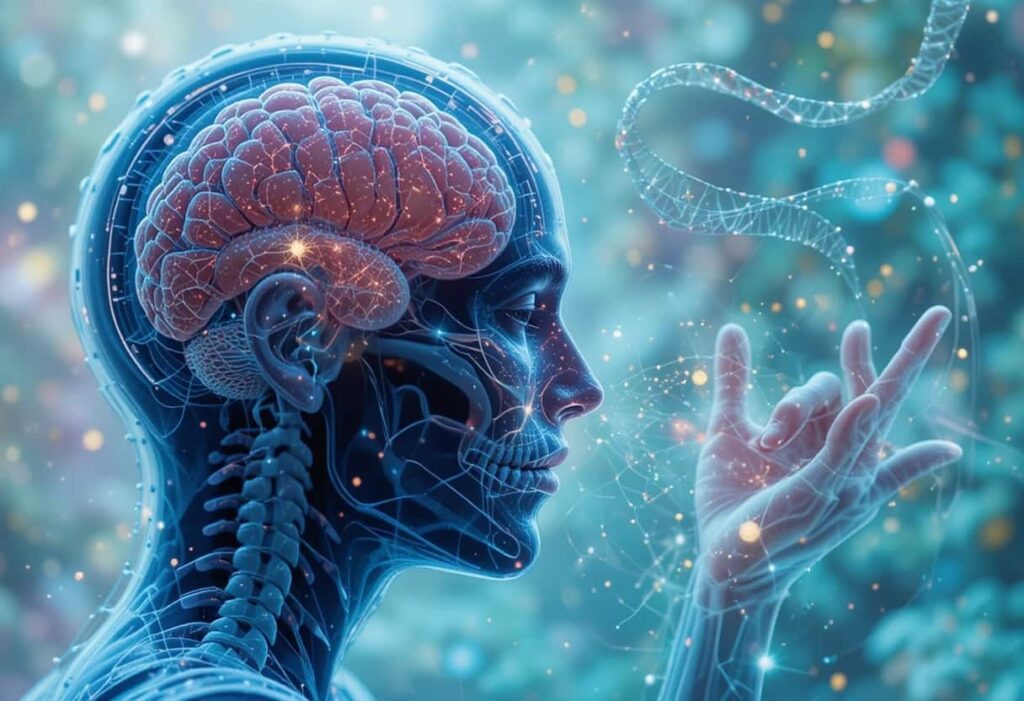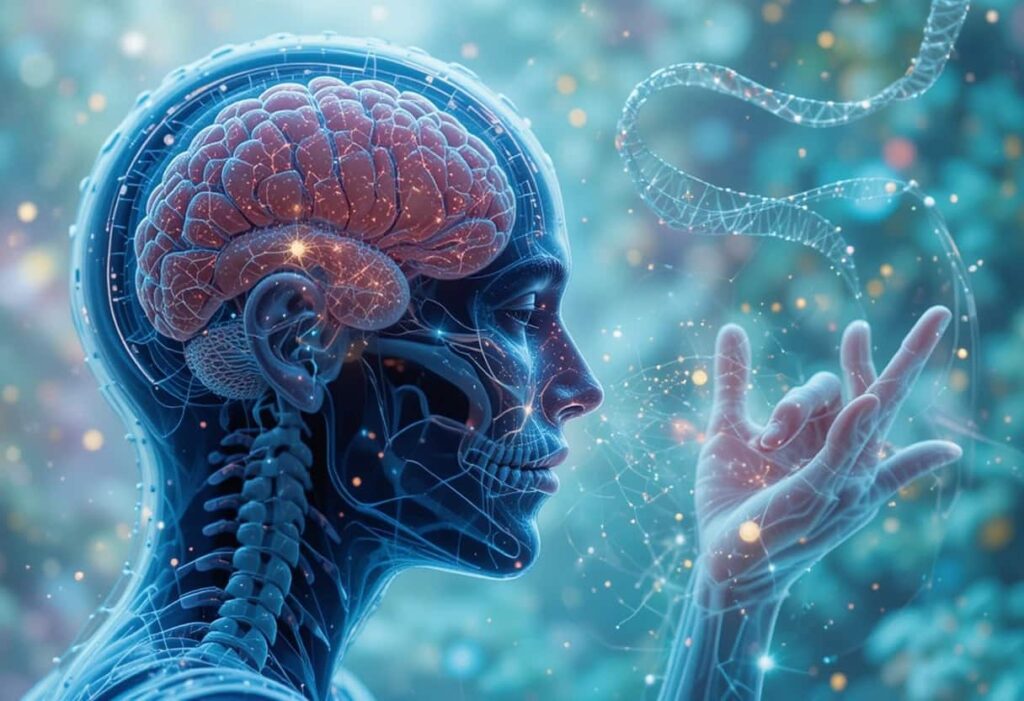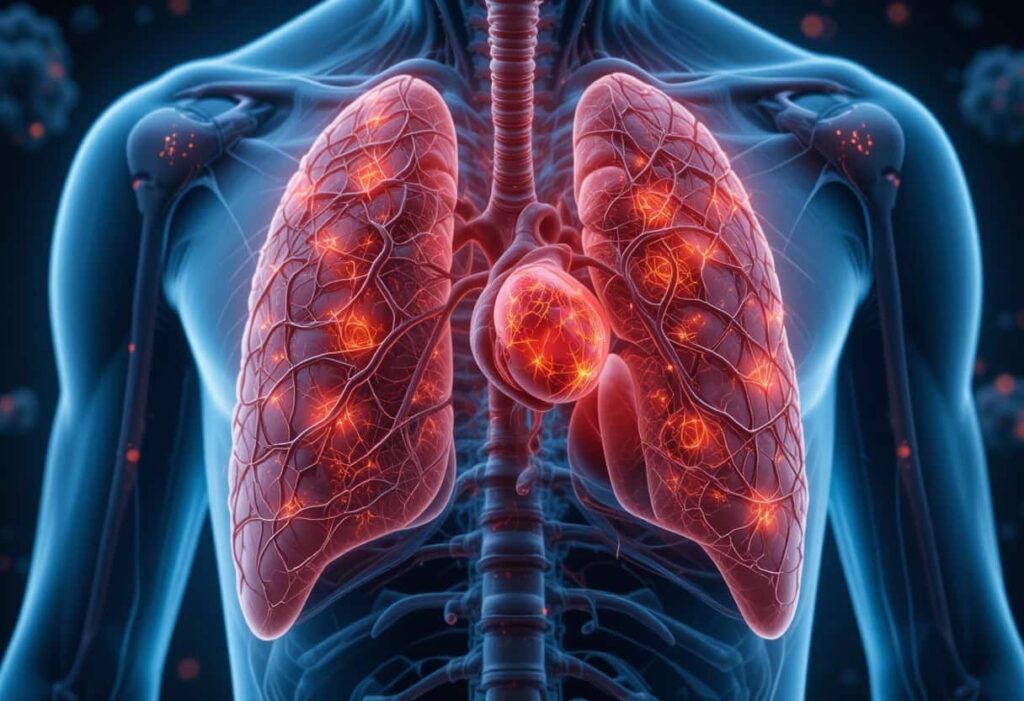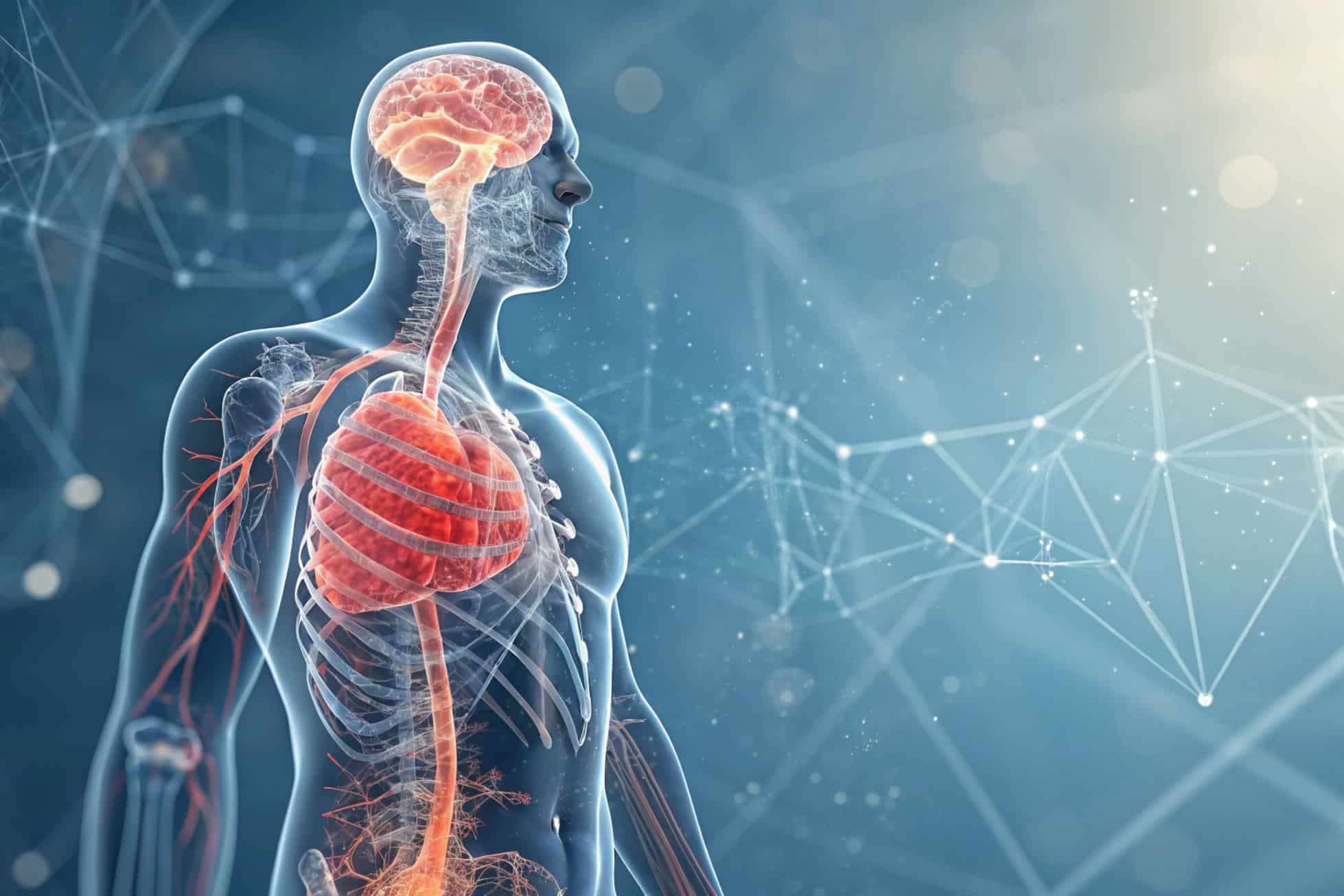Can Disohozid Disease Kill You – Latest Data, Death Risks & Treatments!
Disohozid disease is a rare but serious neurological condition that develops gradually and silently affects various vital systems in the body. It stems from a genetic mutation and primarily impacts the brain and nervous system, though its effects can spread to the heart, lungs, liver, and kidneys over time. Without proper diagnosis and medical support, this disease can lead to life-threatening complications.
However, with timely intervention, the outcome can be significantly improved. Over the years, new therapies and early-detection tools have brought hope to those dealing with this condition, helping to extend life expectancy and improve daily functioning. Let’s explore the nature of this disease, how it progresses, and what steps are taken in modern medicine to prevent its potentially fatal consequences.
What Are the Key Characteristics of Disohozid Disease?


Disohozid disease is categorized as a progressive neurodegenerative disorder. This means that its symptoms worsen over time, and the nervous system continues to degrade unless treated. The condition is usually inherited genetically and tends to present symptoms in early adulthood, though some cases have emerged during childhood or adolescence.
Key symptoms include:
- Muscle weakness or stiffness
- Coordination problems
- Memory issues and emotional instability
- Difficulty with speech and vision
- Severe fatigue and balance loss
Because these signs can be mistaken for other conditions in the early stages, misdiagnosis is common. Genetic testing and neurological assessments help confirm the presence of the disorder.
How Does Disohozid Disease Progress in the Body?
The disease does not impact every individual in the same way. Some patients experience a slow decline, while others may develop complications rapidly. The body systems most commonly affected include the nervous system, cardiovascular system, and respiratory function.
The progression can be divided into four primary stages based on symptom severity and organ impact:
Breakdown of Disease Progression Stages:
| Stage | Timeframe | Common Symptoms | Impact on Daily Life |
| Early Stage | 0–2 Years | Mild muscle twitching, fatigue | Minimal disruption |
| Intermediate | 2–5 Years | Cognitive decline, speech changes | Some assistance required |
| Advanced Stage | 5–8 Years | Severe motor control loss, breathing issues | Full-time caregiving needed |
| Terminal Stage | 8+ Years | Organ failure, complete dependence | Intensive medical care required |
As the disease reaches advanced and terminal stages, the risk of fatal complications increases significantly, especially if interventions are delayed or absent.
What Complications Make Disohozid Disease Potentially Fatal?

When untreated, disohozid disease can cause irreversible damage to multiple organs. This systemic deterioration is what often makes the condition fatal. A major concern is the slow yet steady breakdown of the body’s regulatory systems, especially the brain, lungs, and heart.
Here’s how the disease impacts each critical area:
- Brain Degeneration: Continuous neuron loss leads to major motor function impairment, affecting coordination, balance, and speech. As neurological control weakens, seizures, cognitive decline, and eventually loss of consciousness may occur, raising the risk of sudden neurological crises in advanced stages.
- Cardiac Weakening: The disease gradually reduces the strength and rhythm of heart muscle contractions. This leads to poor blood circulation, high arrhythmia risk, and increased chances of sudden cardiac arrest, especially during physical stress or when combined with other organ stress.
- Respiratory Deterioration: Lung tissues become stiff and less elastic, lowering oxygen intake and carbon dioxide expulsion. Over time, patients struggle with breathlessness, leading to respiratory failure, which is a common cause of emergency hospitalization or death in late-stage disohozid.
- Liver Dysfunction: As liver efficiency declines, toxins build up in the bloodstream, disrupting overall metabolic balance. This impairs nutrient absorption, reduces immunity, and can trigger life-threatening complications like hepatic encephalopathy or sudden metabolic collapse during disease progression.
- Kidney Impairment: Kidney filtration slows significantly, causing fluid retention, electrolyte imbalances, and toxin accumulation. This systemic toxicity puts added pressure on the heart and brain, increasing the risk of multi-organ failure if not managed through medical intervention or dialysis support.
All these factors contribute to organ failure, which is the leading cause of death in advanced-stage patients.
How Common Are Life-Threatening Outcomes?
The survival rate for people with disohozid disease depends on several variables: how early the diagnosis is made, how consistently treatments are followed, and whether any co-existing conditions are present. Clinical studies suggest that early diagnosis combined with aggressive treatment can significantly reduce mortality.
Survival Rate Comparison Table:
| Condition | With Treatment | Without Treatment |
| 5-Year Survival Rate | 75% | 35% |
| 10-Year Survival Rate | 60% | 15% |
| Median Life Extension | +8 to 12 years | Up to -20 years |
As shown in the table, the difference in outcome between treated and untreated patients is substantial. Patients who follow structured medical care plans can extend their lives significantly.
What Are the Treatment Options That Improve Life Expectancy?
Several medical strategies are used to manage disohozid disease and prevent it from becoming life-threatening. These treatments are often combined into personalized care protocols. While there is no permanent cure, treatment focuses on slowing progression, managing symptoms, and preserving organ function.
Key treatment approaches include:
- Enzyme Replacement Therapy (ERT): Administered intravenously, ERT supplies essential enzymes that the body lacks due to genetic mutation. This therapy helps stabilize neural pathways, slow neurological decline, and preserve motor function, especially when initiated in early stages of disohozid disease.
- Gene Therapy: Designed to correct faulty DNA, gene therapy introduces functional genes into targeted cells. This approach addresses the root genetic cause of disohozid and can slow or partially reverse disease progression in eligible patients, especially when used before extensive organ damage occurs.
- Physical and Occupational Therapy: These therapies focus on strengthening weakened muscles, improving flexibility, and preserving mobility. Daily sessions help reduce atrophy, maintain coordination, and delay functional decline, enabling patients to remain independent for longer and reducing the burden on caregivers.
- Immunomodulation: This method involves altering immune responses to minimize inflammation and organ stress. Through medications or biologics, immunomodulation helps delay deterioration in organs like the liver and kidneys and reduces systemic symptoms that may accelerate disease progression.
- Nutritional Support: Tailored diets emphasize antioxidants, lean proteins, and healthy fats to support organ function. Specialized nutrition also helps balance metabolism, support immune response, and reduce toxic buildup, all of which are crucial in prolonging survival and maintaining energy levels.
Doctors also recommend regular screenings for lung capacity, heart rhythms, and neurological status to catch any early signs of worsening.
How Does Lifestyle Influence Outcomes in Diabetes?
Beyond medication and therapy, daily lifestyle choices can greatly influence how fast disohozid disease progresses. Patients who follow structured routines, stay physically active within their limits, and maintain emotional wellbeing often report slower deterioration and better quality of life.
Recommended Daily Habits for Patients:
- Gentle physical activity such as yoga, walking, or swimming
- Cognitive exercises, including puzzles, reading, and memory games
- Nutrient-dense meals rich in protein, antioxidants, and healthy fats
- Frequent hydration to support metabolism and kidney function
- Avoidance of processed foods, alcohol, and tobacco
Living with a condition like this can be overwhelming, but proper planning and routines can make daily life more manageable.
How Important Is Early Detection in Preventing Death?
Early detection plays a critical role in improving survival outcomes for individuals with disohozid disease. Identifying the condition before it progresses allows doctors to begin treatments while the organs are still functioning relatively well.
Early diagnosis opens the door to advanced therapies that slow disease progression, reduce the likelihood of sudden cardiac or respiratory failure, and significantly extend life expectancy. It also enhances the patient’s quality of life and independence. For families with a history of neurological disorders, proactive screening and genetic counseling can be life-saving measures that ensure timely intervention.
What Support Systems Help in Managing the Disease?

Primary Care Physician Coordination:
The primary care physician plays a central role in monitoring overall health, managing routine checkups, and coordinating care with specialists. They ensure early intervention by tracking subtle changes in the patient’s condition, adjusting medications, and serving as the first point of contact for emerging health concerns throughout the disease progression.
Neurologist and Cardiologist Support:
A neurologist monitors brain function and progression of nerve-related symptoms, while a cardiologist ensures the heart remains stable under physical stress. These specialists help prevent complications like seizures, strokes, or cardiac arrhythmias, which can quickly become fatal without oversight. Regular evaluations from both experts are vital for managing long-term organ health.
Nutritional Guidance from Dietitian:
A registered dietitian tailors a nutrient-dense meal plan to maintain organ function, support energy levels, and prevent toxic buildup in the body. Proper nutrition helps slow disease progression by boosting liver and kidney performance, reducing inflammation, and reinforcing the body’s natural defenses. This guidance complements medical treatments and supports overall wellness.
Mental and Emotional Counseling:
Disohozid disease impacts emotional well-being just as much as physical health. Licensed counselors help patients and caregivers manage anxiety, grief, and adjustment challenges through regular therapy. Mental health support plays a crucial role in preserving quality of life, motivation for treatment adherence, and resilience throughout every stage of the condition.
Family and Daily Caregiver Involvement:
Family members and caregivers provide essential day-to-day support, including medication management, mobility assistance, and emotional companionship. Their presence eases the burden of disease-related stress and creates a safer home environment. With proper training and involvement, caregivers become vital allies in enhancing comfort, stability, and the patient’s overall care experience.
What Are the Signs That the Condition May Be Getting Worse?
Recognizing the red flags early on allows for quick adjustments in treatment. Patients and caregivers should be aware of the signs that indicate disease progression or the onset of complications.
- Sudden Muscle Stiffness or Tremors: A noticeable increase in muscle rigidity, tremors, or involuntary movements may signal advancing neurological decline. These symptoms often affect mobility and coordination, making everyday tasks harder and indicating a need for immediate reassessment of treatment plans.
- Shortness of Breath or Irregular Heartbeat: Difficulty breathing or erratic heart rhythms suggest that the disease may be impacting the lungs or heart. These issues can escalate quickly and often point to reduced organ efficiency or the onset of heart-related complications requiring urgent medical attention.
- Difficulty Swallowing or Speaking: Struggling with speech or swallowing reflects deeper nervous system impairment. These symptoms can affect nutrition and communication and may signal that the brain’s motor control centers are deteriorating more rapidly than expected, which can increase health risks significantly.
- Persistent Confusion or Severe Memory Loss: When mental clarity declines or memory lapses grow more severe, it typically means the brain’s cognitive functions are deteriorating. This can also lead to emotional instability and poses safety concerns if the individual begins forgetting important medications or routines.
- Unexplained Swelling or Weight Changes: Sudden weight gain, weight loss, or fluid retention often signals that the kidneys, liver, or cardiovascular system is under stress. These physical changes require immediate medical testing to determine whether organ damage is progressing toward a critical stage.
FAQs:
Can Crohn’s disease kill you?
While Crohn’s disease itself is not typically fatal, complications such as intestinal blockages, severe infections, or long-term organ damage can become life-threatening if left untreated. With proper medical care and lifestyle management, most people with Crohn’s live a normal or near-normal lifespan.
What is end-stage Crohn’s disease?
End-stage Crohn’s refers to the most severe form of the disease where damage to the intestines is extensive and often irreversible. It may involve repeated surgeries, strictures, fistulas, or permanent colostomy. At this stage, symptom control becomes difficult and complications more frequent.
How long do Crohn’s patients live?
Most people with Crohn’s disease have a life expectancy close to that of the general population. Advances in medication, early diagnosis, and regular monitoring help manage symptoms and prevent serious complications, allowing many patients to lead long, fulfilling lives.
What famous person has Crohn’s disease?
Several public figures have Crohn’s disease. One well-known example is actor and comedian Pete Davidson, who has openly shared his experience with the condition. His story has helped raise awareness about Crohn’s and the importance of mental and physical health support.
Does Crohn’s disease get worse with age?
Crohn’s may fluctuate over time but doesn’t always worsen with age. Some patients experience stable periods or milder flare-ups, while others may develop complications over decades. Aging may affect how well the body responds to treatment, making ongoing medical care essential.
Final Thoughts:
Disohozid disease is undeniably complex and potentially fatal, but with medical advancements, it is no longer a hopeless diagnosis. While the question of fatality remains a concern, early action, consistent treatment, and strong support can shift the outlook dramatically.
Patients and families who educate themselves, build structured routines, and partner with experienced healthcare providers often find that the disease can be slowed—and in some cases, long-term stability can be achieved. Taking control of the condition starts with informed action and ongoing vigilance.
Related post:






